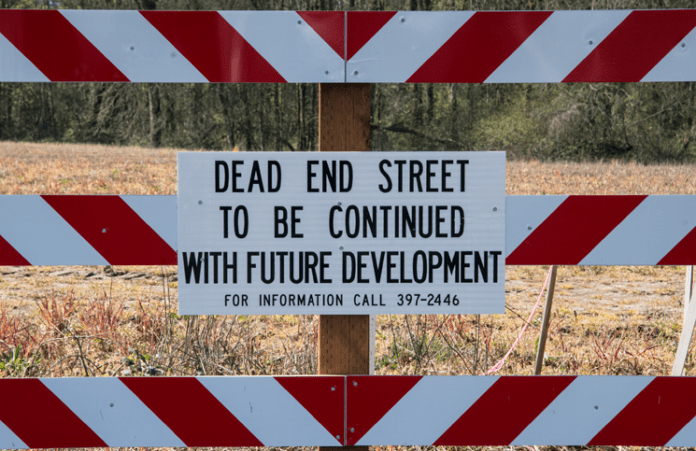As the Board of Clark County Councilors considers four alternative ways to update the county’s Comprehensive Growth Management Plan, local business groups are voicing concern over the potential impact one alternative in particular might have on the business community.
Originally adopted in 2007, the much-talked about plan consists of a set of policies to help guide population and employment growth in unincorporated areas of the county over the next 20 years. As required by state law, the plan must be reviewed and, if needed, revised by next year.
As part of the review/revision process, three growth plan alternatives were approved for environmental review last year:
- No change;
- Changes to long-range planning for some rural and urban areas;
- Urban growth boundary changes in Washougal, La Center, Ridgefield and Battle Ground to aid in job growth and residential growth.
A fourth alternative, introduced in March by County Councilor David Madore, considers changes to land use plans in rural areas.
“Alternative 4 has sparked a public discussion of the impacts on property rights versus long range planning,” explained Mike Bomar, president of the Columbia River Economic Development Council (CREDC). “There are a significant number of property owners with relatively small lots in north Clark County who are strictly limited in what they can do on their property as a result of the enactment of the Growth Management Act and minimum lot size requirements. This alternative would open up thousands of lots that currently are not able to be developed. When looking at an individual landowner’s case, this move makes a lot of sense.”
However, Bomar said, this alternative is not without potential drawbacks, such as greater density in urban areas. This, he said, would “likely necessitate more public services and infrastructure” and could lead to “potentially increasing taxes on those least likely to support a tax hike.” Additionally, he mentioned the possibly of businesses in rural areas finding more difficulty “in getting their products or services to their customers.”
“The challenge for the planning community is the broader implication of adding the high number of lots and what that will do to our makeup, tax structure and economy over time,” he said. “Our primary concern is the preservation of large sites [25+ acres] with good access to transportation corridors. If the few remaining jobs sites are too costly to develop as a result of this approach we could lose significant future potential job growth.”
John McKibbin, executive director of Identity Clark County, voiced similar concerns regarding the fourth alternative.
“Does it have unintended consequences for the continued expansion of the urban areas?” he questioned. “Areas that could be considered industrial, light industrial, or even commercial in the future? Where you place those becomes critically important down the road. You try to assess the economic needs of the property owners while considering those consequences.”
“The issue isn’t the immediate effect of Alternative 4, it’s the long-term effect,” he added. “What the fourth alternative does is allow those parcels of land to be utilized for spot housing. You try and look down the road, obviously there’s a long-term gain. But it causes some real heartburn for the people caught in the transition.”
Greater Vancouver Chamber of Commerce (GVCC) President Kelly Love said that because the Growth Management Plan doesn’t directly relate to existing businesses, it isn’t an issue the organization would typically weigh in on. However, after hearing concerns from various chambers and chamber members, she knew it was an issue that needed their attention.
“When the Camas-Washougal Chamber, the Battle Ground Chamber [and others] all heard from different sources about how Alternative 4 would be detrimental to the local communities trying to build business opportunities, we engaged,” she said. “We are not land use experts, but we have very strong relationships with our communities and one of our roles as a chamber is to help allow them to create economic development. This wasn’t our task to take on because it’s going to hurt the chamber or existing businesses. This is about the opportunity for hurting future businesses and growth.”
Love also raised concerns about the process in which Alternative 4 was originally developed.
“One of the hallmarks of this community is that we work in partnership, and when local communities tell the county that there’s a problem, we expect that in this community the county will pause and consider and find a compromise,” she said. “That is the way we have historically worked in Clark County, but it is not the way that this process has worked at all. There appears to have been no compromise, no collaboration and a lack of consideration for the needs of the cities, creating this ‘us against them’ mentality which has become a hallmark of the Clark County Council.”
The county has until June 30, 2016, to have the updated Comprehensive Growth Management Plan approved by the Washington state Department of Commerce.



